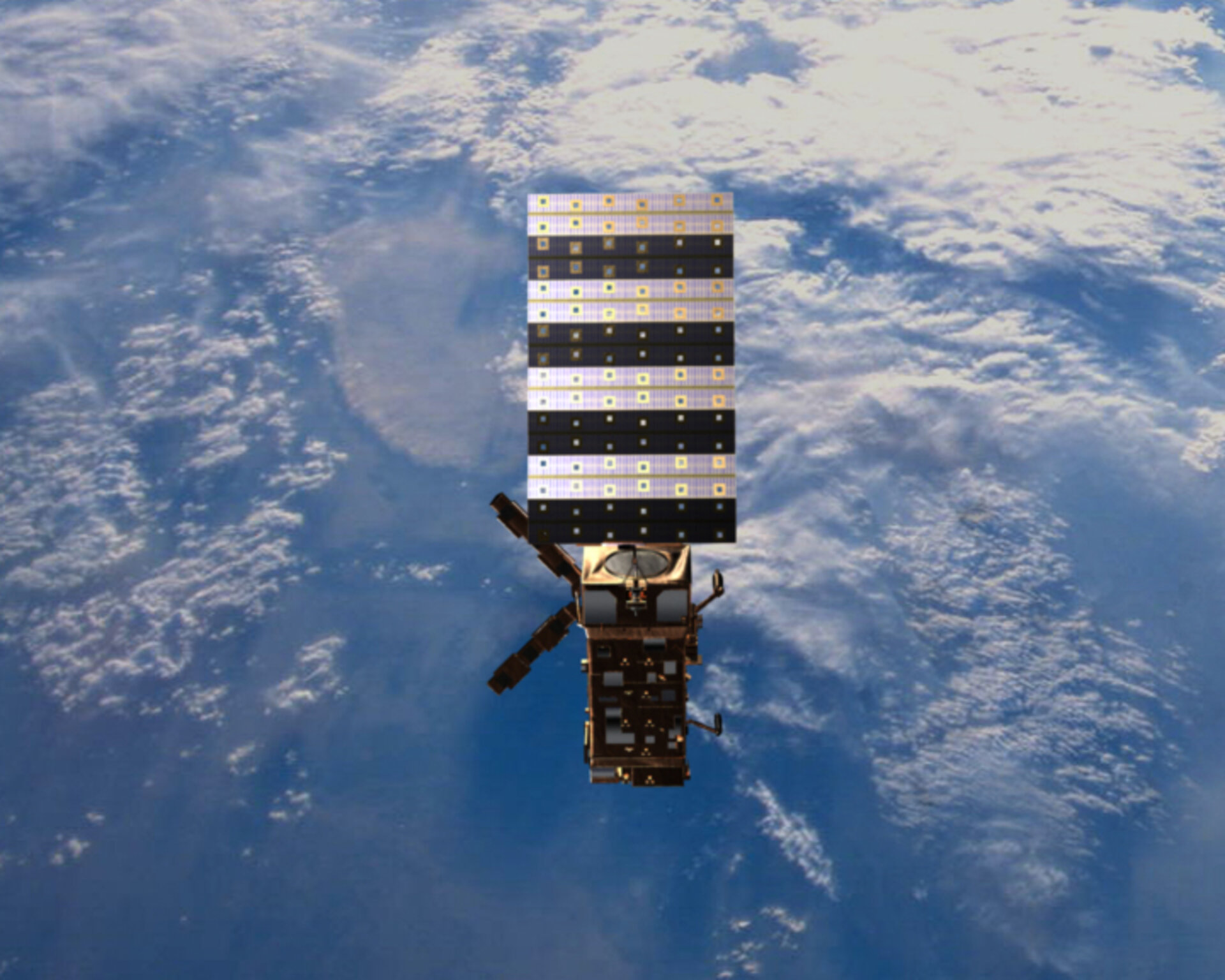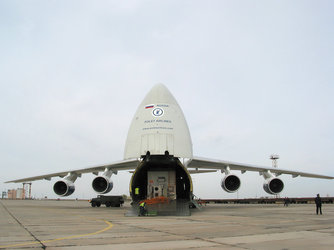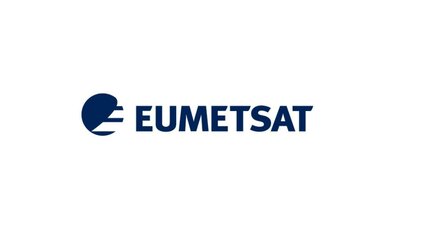MetOp mission highlighted at workshop
In the run up to the launch of the European MetOp-A satellite – scheduled for 17 July 2006 from Baikonur, Kazakhstan – the European scientific community has gathered at ESRIN, ESA’s Earth observation centre in Frascati, Italy, for the first EUMETSAT Polar System/MetOp Research Announcement of Opportunity workshop.
MetOp-A, developed by ESA in collaboration with the European Organisation for the Exploitation of Meteorological Satellites (EUMETSAT), will be Europe's first polar-orbiting satellite dedicated to operational meteorology.
It represents the European contribution to a new co-operative venture with the U.S. National Oceanic and Atmospheric Administration (NOAA) providing data to monitor climate and improve weather forecasting.
The aim of the workshop, organised by ESA and EUMETSAT, taking place from 15-17 May, is to present researchers with the latest information about the mission –including the status of the satellite, instruments and ground segment – and to allow researchers to present an overview of their approved project.

"The ESRIN meeting is an opportunity to inform the scientific community about the status of preparations for the launch," ESA MetOp Mission Manager Eva Oriol-Pibernat said. "The satellite has been at Baikonur from mid-April, and we are pleased to confirm that pre-launch activities are perfectly on schedule."
Europe has been launching geostationary weather satellites since the launch of the first Meteosat satellite in 1977. MetOp-A will be the first European weather satellite with an almost polar orbit, with 98.7° inclination at an altitude of 840 km.
"ESA and EUMETSAT plan to offer the global scientific community the chance to use all data and products of the EUMETSAT Polar System free of charge," Oriol said. "All the projects presented here have been evaluated by an independent scientific review board, which has selected the 50 best proposals."
The selected projects are primarily European, but there are also projects from Argentina, Brazil, Australia, Canada, the U.S. and Kyrgyzstan. Free access to the data has been granted to the proposals which exploit synergies with the data from other European satellites for Earth observation – Meteosat, MSG, ERS-2 and Envisat.

"The workshop offers the scientific directors of the projects with the opportunity to present their projects, which cover all the themes to which MetOp-A can make a contribution," Oriol said. "There will be discussions about the atmosphere, hydrology and oceanography as well as climate and ecosystems."
MetOp-A is equipped with new meteorological instruments, five of which are identical to those already in use on NOAA’s polar orbit satellites, which will ensure continuity across the weather series and give scientists a uniform set of measurements.
Metop-A will also contribute to climate studies, with 5 European instruments, three of which – GRAS, ASCAT and GOME-2 – are built by ESA and its member states, while the IASI has been developed primarily by CNES and the MHS by EUMETSAT.
The orbit of MetOp-A, which has a mass of over four tons and which – once its solar panels are deployed – will measure 17.6 by 6.7 by 5.4 metres, has been calculated to ensure that the satellite passes over the same points of the Earth’s surface at the same time every day. Once in orbit, MetOp-A will fly in a polar orbit corresponding to local 'morning' while NOAA’s POES satellite will be responsible for 'afternoon' coverage.
For further information, please contact:
Simonetta Cheli
Head of Public and Institutional Relations Office
Email: Simonetta.Cheli @ esa.int
Tel: + 39 0694180350








